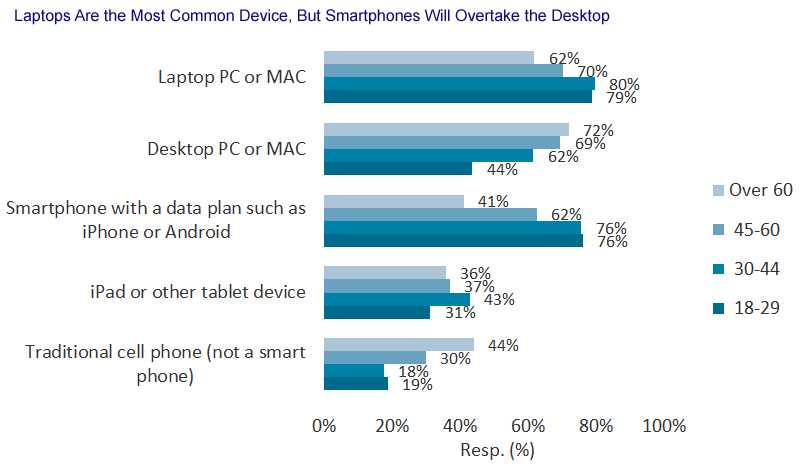Myths, Misconceptions, and Enduring Truths: A Survey of Digitally Directed Consumers
Abstract
Celent highlights some myths and misconceptions as well as enduring truths about consumer preferences and behavior in banks’ increasingly digital retail delivery model.
The nature of retail delivery is changing rapidly, as a growing number of consumers acquire digital devices and come to prefer digital interaction. We call them digitally directed consumers. Alongside this growth is the continued advancement of self-service channel capabilities. This dynamic can render even relatively current operating assumptions about consumer preferences and behavior obsolete. For this reason, Celent conducted an online survey among 1,059 US Internet users in June 2013, to get a current snapshot of channel usage and preferences.
In the report Myths, Misconceptions and Enduring Truths, Celent exposes common falsehoods about the consumer retail banking channel preferences and what banks should do as a result. These changing consumer preferences are a result of the explosion of new devices.

“Consumer preferences are changing rapidly. Some misunderstandings were once true, but are simply outdated, while others are just plain myths,” says Bob Meara, Senior Analyst with Celent’s Banking Group and author of the report. “Perhaps the most egregious misconception is that young people have no use for the branch. While young adults transact digitally, they prefer to engage with their banks face-to-face. This presents a challenge to banks, who must invest in both their branch and digital channels to remain competitive.”
This report begins with a snapshot of digital behavior based on the survey, followed by an analysis of channel usage and preference by age, device ownership, and income. The report then looks at customer satisfaction and bank switching behavior as well as key factors leading to choosing their new bank relationship. Usage and attitudes of current and emerging digital channel capabilities follows. Finally, the report presents Celent’s multichannel mandate, a practical, three-part plan to improve sales results in an increasingly multichannel world.

